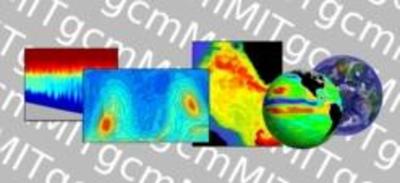Ice
The cryosphere is one of the least understood components in the global climate system, in terms of observations, theory, and comprehensive modeling capabilities. It is also the component that has exhibited some of the largest changes over the last few decades.
_0.jpg) The arctic, in particular, is likely to be a very vulnerable part of the climate system, and its disappearance would have major impacts on many other components of the climate. Arctic sea ice has seen a dramatic decline in its seasonal minimum extent over the last three decades. Moreover, satellites have documented unexpected and unprecedented accelerations of ice flow and mass loss of the Greenland and Antarctic ice sheets.
The arctic, in particular, is likely to be a very vulnerable part of the climate system, and its disappearance would have major impacts on many other components of the climate. Arctic sea ice has seen a dramatic decline in its seasonal minimum extent over the last three decades. Moreover, satellites have documented unexpected and unprecedented accelerations of ice flow and mass loss of the Greenland and Antarctic ice sheets.
Processes governing changes in ice sheets have major implications for sea level rise (many meters) which dwarf other drivers. From a climate perspective, polar amplification (the above-average increase in Arctic near-surface temperatures) is a robust feature in climate model projections. However, the underlying causes of the amplification in general, and Arctic sea ice decline in particular, remain poorly understood and are not well predicted by climate models. The role of the polar oceans in present and future carbon uptake also remains poorly quantified.

